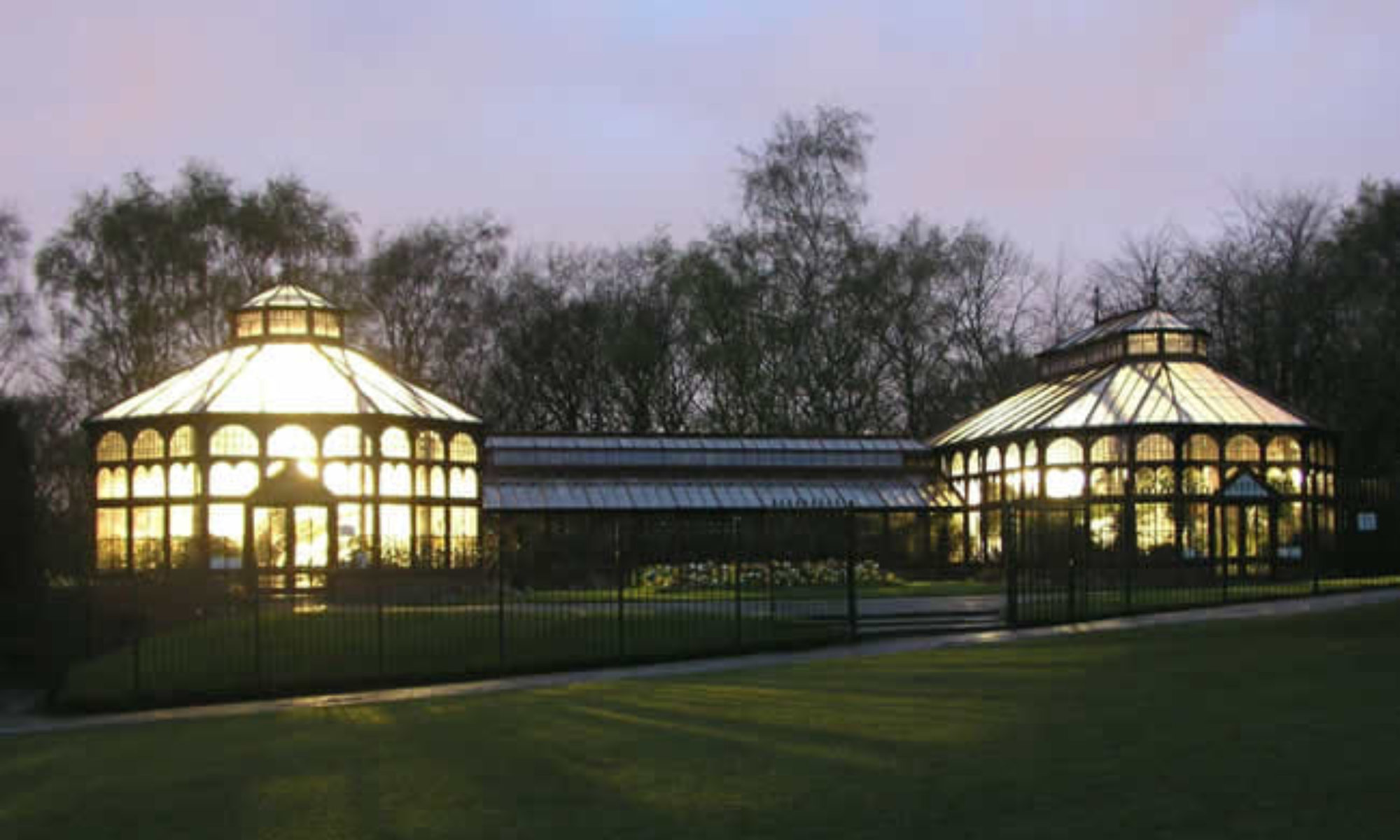Lancashire Gardens Trust is a specialist organisation with expertise in the documentation and preservation of designed landscapes (e.g. Public Parks). In October, they issued the following Statement of Significance to Tameside MBC. To date there has been no reply from TMBC, which leaves the question… why are TMBC not engaging with these experts?
Here follows the Trust’s Statement of Significance, so that you can decide for yourself whether there is anything contoversial in their statement.
STATEMENT OF SIGNIFICANCE, STAMFORD PARK CONSERVATORY
Historic England measures the significance of a heritage park or garden in four ways –
Evidential significance: the surviving built fabric above or below ground, the archival evidence relating to the landscape and the surviving horticultural species within it.
Historical significance: Illustrative details recounting the creation of the site’s features from its beginning to the present day. Associative details recounting the notable people who have connections with the site, whether they were an owner, tenant, designer or architect.
Aesthetic significance: the layout, design and views which may include several layers created in different periods to different styles.
Communal: the value placed on the site by those people who feel connected to it by proximityor memory.
EVIDENTIAL SIGNIFICANCE The structure of the
conservatory is largely intact, to include the two tall plant houses and the joining
corridor between them; the basement rooms are intact. Historic England however notes
that following the last repair certain parts of the structure have been lost. Archival
evidence relates the name of the donor and date of construction, 1907; articles
in the gardening press of the day describe the contents (see Conservation
Management Plan 2007). Horticultural species lost.
HISTORICAL SIGNIFICANCE – ILLUSTRATIVE In
1907 the conservatory was opened, the result of a gift by John Nield. This may
have been a recommendation by the Earl of Stamford who donated land for the
park, since in 1903 the firm Messenger & Co built one for him in the
grounds of Dunham Massey. ASSOCIATIVE The most prominent benefactor was the
Earl of Stamford of Dunham Massey who gave land; Samuel Oldham, a local mill
owner, bequeathed money for a park in his will; Henry Darnton, his executor,
later made the legal arrangements; John Nield donated the money for the
extensive conservatory, welcomed “not only for its charming beauty, but as an
educational institution.” One hundred feet long with two wings linked by a
corridor and heated, the conservatory held “palms, banana, orange, cotton and trees
and subtropical plants in profusion” (Ashton Reporter).
AESTHETIC The conservatory stands in a prominent
position and has a majestic presence, making a strong focal point. Backed by
mature specimen trees which give shelter and scale, it is fronted by formal
lawns and flower beds, some displaying the famous tulips in colourful patterns.
Its loss would create a visual void, for the adjacent landscaping has been
planned around it. It represents a form of glasshouse little seen today, an
expression of the confidence of the Edwardian age. Its plant collections were
intended to delight and to educate, showing banana, coffee and cotton plants;
these are still of interest today as we try to re-connect our children with the
sources of their food and clothing. The growing interest in exotic cookery also
could be related to these unusual plants.
COMMUNAL Older residents have fond memories of
time spent in this park, firstly in their youth and secondly when they had
young families and came here for fun and relaxation. In the surveys conducted
prior to the Lottery Fund restoration work, residents placed the conservatory
in 5th place on their list of favourite amenities (CMP 2007).
SWOT [Editor Note – Abbreviation for SWOT assessment]
Strengths: a visually imposing and pleasing structure which commands an important place in the park; it is rare in the whole of Lancashire, Greater Manchester and Merseyside being one of only 5 similar structures. Others are Sefton Palm House, Stanley Park Isla Gladstone conservatory (both Liverpool), Alexandra Park conservatory, Oldham and Corporation Park conservatory, Blackburn. The latter is awaiting restoration, whilst the others have seen major work which has equipped them for present-day use and enjoyment.
Weakness: neglect has caused a deteriorating condition.
Opportunities: heritage restoration has been proved to stimulate both economic revival and community revival. A glamorous venue lifts people’s spirits and attracts attention; a more lively range of events stimulates interest; there is great interest in indoor plants because gardens to new houses are smaller.
Threats: Continual neglect causes disappointment in visitors and brings down the atmosphere of the whole park. Demolition will leave an enormous void.
